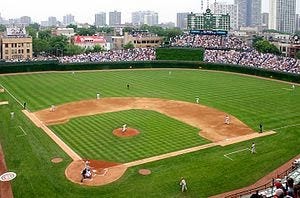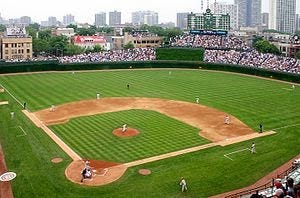The Integral Institution to Chicago's Global City Status

Chicago's Wrigley Field. Source: wikipedia.org
If there is anyone who wants to understand how Chicago's north lakefront became one of the nation's foremost urban destinations, pushing the city as a whole toward global city status, you cannot underestimate the role and contribution of one of the city's most treasured institutions -- the Chicago Cubs.
As a…
Keep reading with a 7-day free trial
Subscribe to The Corner Side Yard to keep reading this post and get 7 days of free access to the full post archives.


